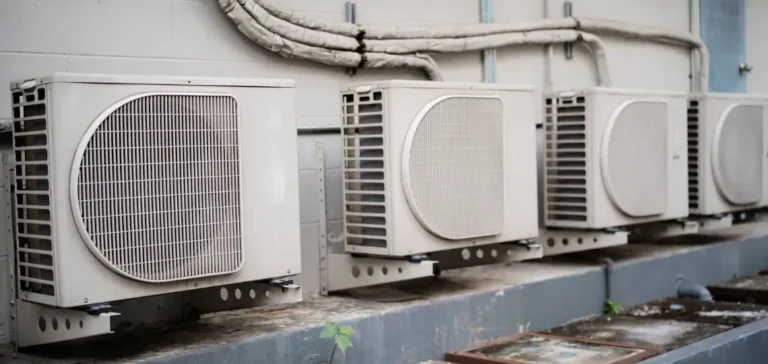China is rolling out a national appliance trade-in programme to encourage households to replace older air-conditioning units with more efficient Class 1 models. Launched in 2024 and strengthened this year, the initiative aims to stimulate domestic consumption while easing electricity demand. A report published on fifteen July by the think-tank Ember indicates the scheme could raise average residential air-conditioner efficiency by 5.0 % to 6.1 % as early as 2025. Analysts estimate these gains translate into savings of up to USD943mn on cooling bills in 2025.
Effects on bills
Ember calculates that, during the summer months, air-conditioning consumption could fall by 4.1 % against a constant-efficiency scenario. Such a reduction would help mitigate peak loads that reached record highs last year. In 2024, domestic cooling accounted for nearly seventy % of the rise in summer demand. Even marginal relief therefore delivers significant support to the grid.
China has the world’s largest stock of individual air-conditioners, often more than one unit per urban household. Without renewal, these devices risk locking in decades of excessive power use. The study notes that by doubling the replacement rate, the programme accelerates modernisation deemed a priority by Beijing. Energy savings add to the gains in household purchasing power.
Financing and timeline
The state has allocated CNY300 bn ($41.7bn) for direct rebates and subsidised loans until end-2025. Retailers must collect and recycle old units to validate public subsidies. Supported purchases are limited to models bearing the Class 1 label, the most demanding in the Chinese market. Authorities plan quarterly reviews to adjust the budget to application volumes.
“The scheme shows that a targeted incentive can support manufacturing activity while lowering energy costs,” said Biquing Yang, Asia analyst at Ember. She noted that Class 1 air-conditioner sales share has already risen from seventeen to twenty-five % in a year. Manufacturers benefit from greater visibility, easing supply-chain planning. This shift would be impossible without substantial financial backing, Yang added.
Long-term outlook
The report warns that once incentives end, stricter minimum standards will be needed to prevent a return of less efficient products. Ember also recommends extending the trade-in logic to water heaters and refrigerators, other high-consumption appliances. The organisation estimates a permanent replacement campaign could save an additional fifty TWh each year by 2030. That amount equals Portugal’s annual electricity demand.






















